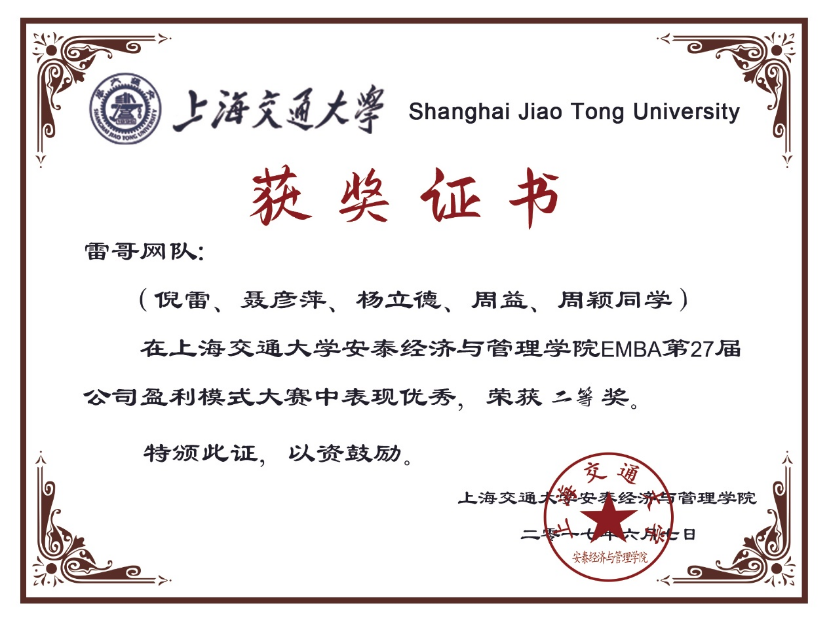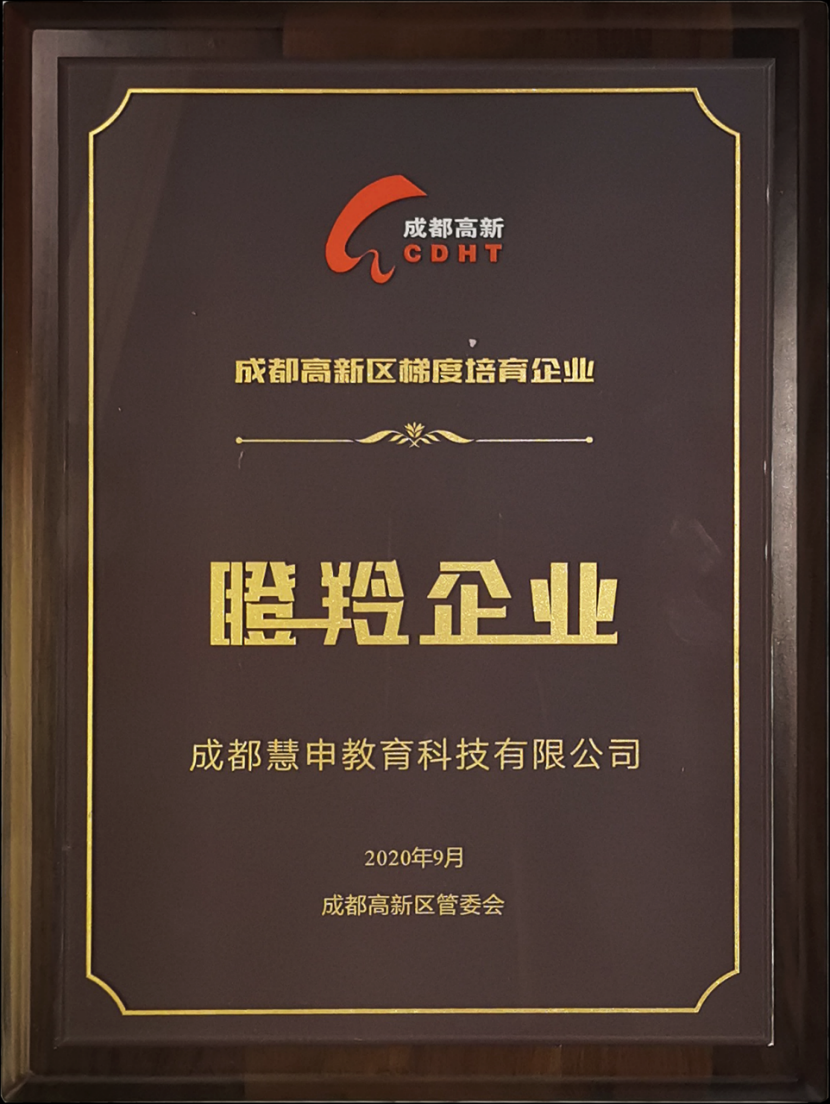Conodonts, the spiky phosphatic remains (bones and teeth composed of calcium phosphate) of
tiny marine animals that probably appeared about 520 million years ago, were once among the most controversial of fossils. Both the nature of the
organism to which the remains belonged and the function of the remains were unknown. However, since the 1981 discovery of fossils preserving not
just the phosphatic elements but also other remains
of the tiny soft-bodied animals (also called conodonts) that bore them, scientists’ reconstructions of the animals’ anatomy have had important implications for hypotheses concerning the development of the vertebrate skeleton.
The vertebrate skeleton had traditionally been
regarded as a defensive development, champions of this view postulating that it was only with the much later evolution of jaws that vertebrates became predators. The first vertebrates, which were soft-
bodied, would have been easy prey for numerous invertebrate carnivores, especially if these early vertebrates were sedentary suspension feeders.
Thus, traditionalists argued, these animals developed coverings of bony scales or plates, and teeth were
secondary features, adapted from the protective bony scales. Indeed, external skeletons of this
type are common among the well-known fossils of ostracoderms, jawless vertebrates that existed from approximately 500 to 400 million years ago.
However, other paleontologists argued that many of the definitive characteristics of vertebrates, such as paired eyes and muscular and skeletal adaptations for active life, would not have evolved unless the first vertebrates were predatory. Teeth were more primitive than external armor according to this view, and the earliest vertebrates were predators.
The stiffening notochord along the back of the body, V-shaped muscle blocks along the sides,
and posterior tail fins help to identify conodonts as among the most primitive of vertebrates. The lack of any mineralized structures apart from the elements in the mouth indicates that conodonts were more
primitive than the armored jawless fishes such as the ostracoderms. It now appears that the hard parts that
first evolved in the mouth of an animal improved its efficiency as a predator, and that aggression rather
than protection was the driving force behind the origin of the vertebrate skeleton.
The second paragraph in the passage serves primarily to
A.outline the significance of the 1981 discovery of conodont remains to the debate concerning the development of the vertebrate skeleton
B.contrast the traditional view of the development of the vertebrate skeleton with a view derived from the 1981 discovery of conodont remains
C.contrast the characteristics of the ostracoderms with the characteristics of earlier soft- bodied vertebrates
D.explain the importance of the development of teeth among the earliest vertebrate predators
E.present the two sides of the debate concerning the development of the vertebrate skeleton
視頻解析
文字解析
This questio
that other paleontologists argued against this idea, claiming instead that vertebrates began as predators and that teeth were a more primary feature than external armor.
A.The second paragraph focuses on describing the debate rather than on the distinctive contribution of the 1981 discovery to that debate.
B.The second paragraph does not explicitly indicate whether the opposition to the
traditional view originally rested on the 1981 discovery of conodont remains. In fact, the surrounding discussion, in the first and third paragraphs, suggests that the discovery in 1981 turned out to support the opposing view, which some paleontologists already held at that time.
C.The mention of ostracoderms in the second paragraph merely serves to indicate how
the traditionalists’ arguments might have seemed plausible. The paragraph as a whole is not devoted to contrasting the ostracoderms with earlier soft-bodied vertebrates.
D.The development of teeth figures in the second paragraph, but this development is mentioned first as a feature that some believed to have been adapted from protective scales; only the final sentence of the paragraph connects teeth to early vertebrate predators.
E.Correct. According to the passage, the debate concerning the development of the vertebrate skeleton hinges on whether vertebrates began as predators, with teeth, or
whether skeletal defenses such as external armor evolved first. The primary purpose of the second paragraph is to distinguish these two sides.
The correct answer is E.
GMAT會員
- 【OG18-P680-668題】In a review of 2,000 studies of human behavior that date back to the 1940s, two Swiss psychologists, declaring that since most of the studies had failed to control for such variables as social class and family size, none could be taken seriously.
- 【OG18-P680-671題】Manufacturers rate batteries in watt-hours; if they rate the watt-hour higher, the longer the battery can be expected to last.
- 【OG18-P680-672題】At the end of the 1930s, Duke Ellington was looking for a composer to assist him-someone not only who could arrange music for his successful big band, but mirroring his eccentric writing style as well in order to finish the many pieces he had started but never completed.
- 【OG20-P569-634題】Snowmaking machines work by spraying a mist that freezes immediately on contact with cold air. Because the sudden freezing kills bacteria, QuickFreeze is planning to market a wastewater purification system that works on the same principle. The process works only when temperatures are cold, however, so municipalities using it will still need to maintain a conventional system. Which of the following, if true, provides the strongest grounds for a prediction that municipalities will buy QuickFreeze's purification system despite the need to maintain a conventional purification system as well?
- 【OG20-P147-8題】(12 -13 )+(13 -14 )+(14 -15 )+(15 -16 )=

添加官方小助手微信
了解更多GMAT考試與咨詢















 400-1816-180
400-1816-180





 資深講師題題有解析
資深講師題題有解析






















 12G備考資料
12G備考資料